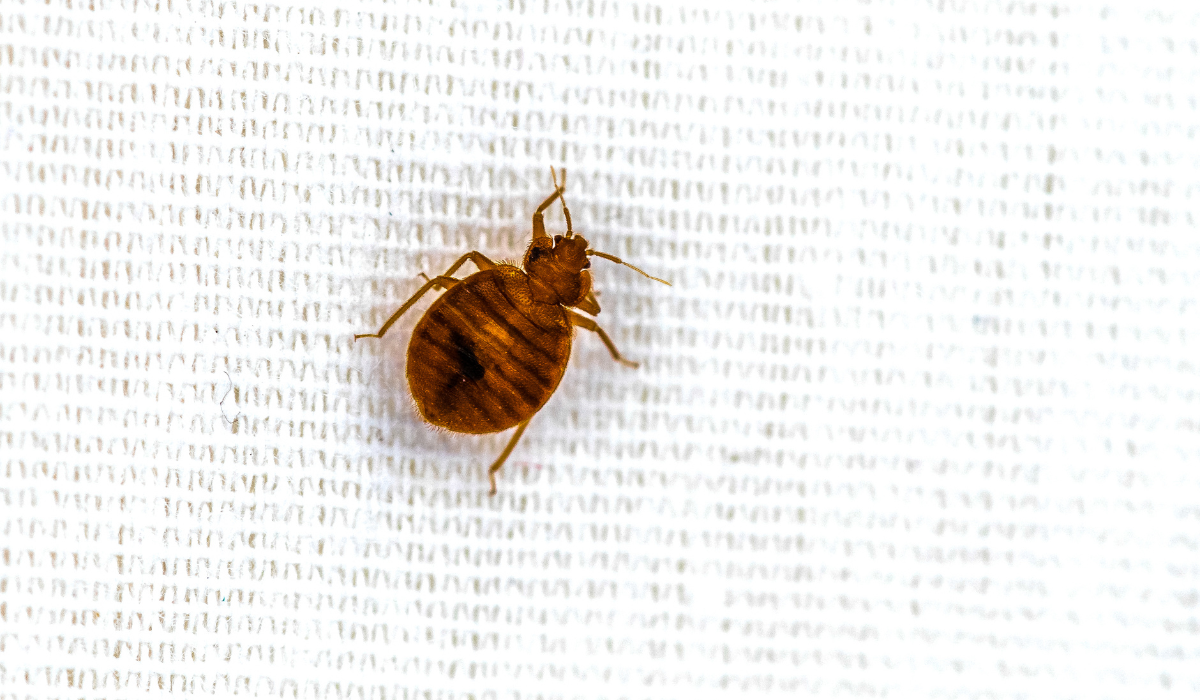Where to Sleep if you have Bed Bugs

If you’ve ever had bed bugs, you know how uncomfortable and frustrating it can be to deal with them. These small, reddish-brown insects are typically found in bedding, but they can also infest furniture, carpeting, and clothing. Bed bugs feed on human blood and can cause itching, swelling, and even infections. If you’re dealing with a bed bug infestation, it’s important to know where you can sleep safely without risking further exposure.
What Are Bed Bugs?
Bed bugs are small, reddish-brown insects that feed on human blood. They’re typically found in bedding, but they can also infest furniture, carpeting, and clothing. Bed bugs are flat and oval-shaped, and they’re about the size of an apple seed. They’re most active at night and can be difficult to spot during the day. Bed bugs can be a real nightmare for those who have experienced them. Not only are they difficult to get rid of, but they can also cause physical discomfort through their bites.
Signs of a Bed Bug Infestation
The most obvious sign of a bed bug infestation is waking up with itchy, red bites on your skin. Other signs include small bloodstains on your sheets or pillowcases, dark spots on your bedding or walls (which are bed bug droppings), and a sweet, musty odor in the room.
How Do Bed Bugs Spread?
Bed bugs can spread through infested furniture, clothing, or bedding. They can also be transported in luggage, backpacks, or purses. Bed bugs can move between rooms in a hotel or apartment building, and they can even spread through walls and electrical outlets.
Can Bed Bugs Be Completely Eliminated?
Bed bugs can be difficult to eliminate completely. It often takes a combination of treatments, including vacuuming, steam cleaning, and pesticides. Professional extermination services may also be necessary.
What Are the Best Ways to Prevent Bed Bugs?
The best ways to prevent bed bugs include inspecting hotel rooms before you stay, washing and drying your clothes on high heat after traveling, and using protective covers on your mattress and box spring. It’s also a good idea to inspect secondhand furniture before bringing it into your home.
Risks of Bed Bugs
Bed bugs are not known to transmit any diseases to humans, but they can cause significant discomfort and distress. Bed bug bites can be very itchy and can lead to skin infections if scratched excessively. In addition, the stress and anxiety of dealing with a bed bug infestation can have negative impacts on mental health. It is important to address a bed bug infestation as soon as possible to avoid these negative effects on your physical and mental well-being.
Where Not to Sleep if You Have Bed Bugs
If you have a bed bug infestation in your home, it is important to avoid sleeping in certain areas to prevent the infestation from spreading. Here are some places to avoid sleeping if you have bed bugs:
- Other beds: If you have bed bugs in your bed, it is important to avoid sleeping in other beds, including those in other rooms or in other people’s homes. Bed bugs can easily hitch a ride on your clothing or luggage and spread to other areas.
- Couches and upholstered furniture: Bed bugs can also hide in couches and other upholstered furniture, so it is best to avoid sleeping on these items if you suspect an infestation.
- Air mattresses: While air mattresses may seem like a good alternative to sleeping on a bed or couch, they can still be susceptible to bed bug infestations.
- Sleeping bags: Similarly, sleeping bags can also be infested with bed bugs, so it is best to avoid using them if you have a bed bug problem.
- Floor: While sleeping on the floor may seem like a safe option, bed bugs can still crawl onto your clothing or bedding and hitch a ride back to your bed.
Where Can You Sleep If You Have Bed Bugs?
If you have bed bugs in your home, the safest place to sleep is in a bed that’s been treated for bed bugs. This may require a professional extermination service. If you don’t have a bed that’s been treated, you may be able to sleep in a different room that’s bed bug-free. Another option is to sleep on a cot or air mattress that’s been set up away from infested areas. If you’re unable to sleep in your home due to a bed bug infestation, it’s important to take precautions to prevent the spread of bed bugs.
This includes using bed bug-proof luggage covers, washing and drying all clothing on high heat, and inspecting all furniture and bedding before bringing it into your home. In addition to taking preventive measures, it’s important to address the bed bug infestation in your home.
Conclusion
In conclusion, dealing with bed bugs can be a frustrating and challenging process, but there are steps you can take to eliminate them and prevent their spread. It’s important to know where to sleep safely if you have bed bugs in your home and to take preventive measures when traveling. If you’re dealing with a bed bug infestation, it may be necessary to seek the help of a professional extermination service.
RECENT ARTICLES
